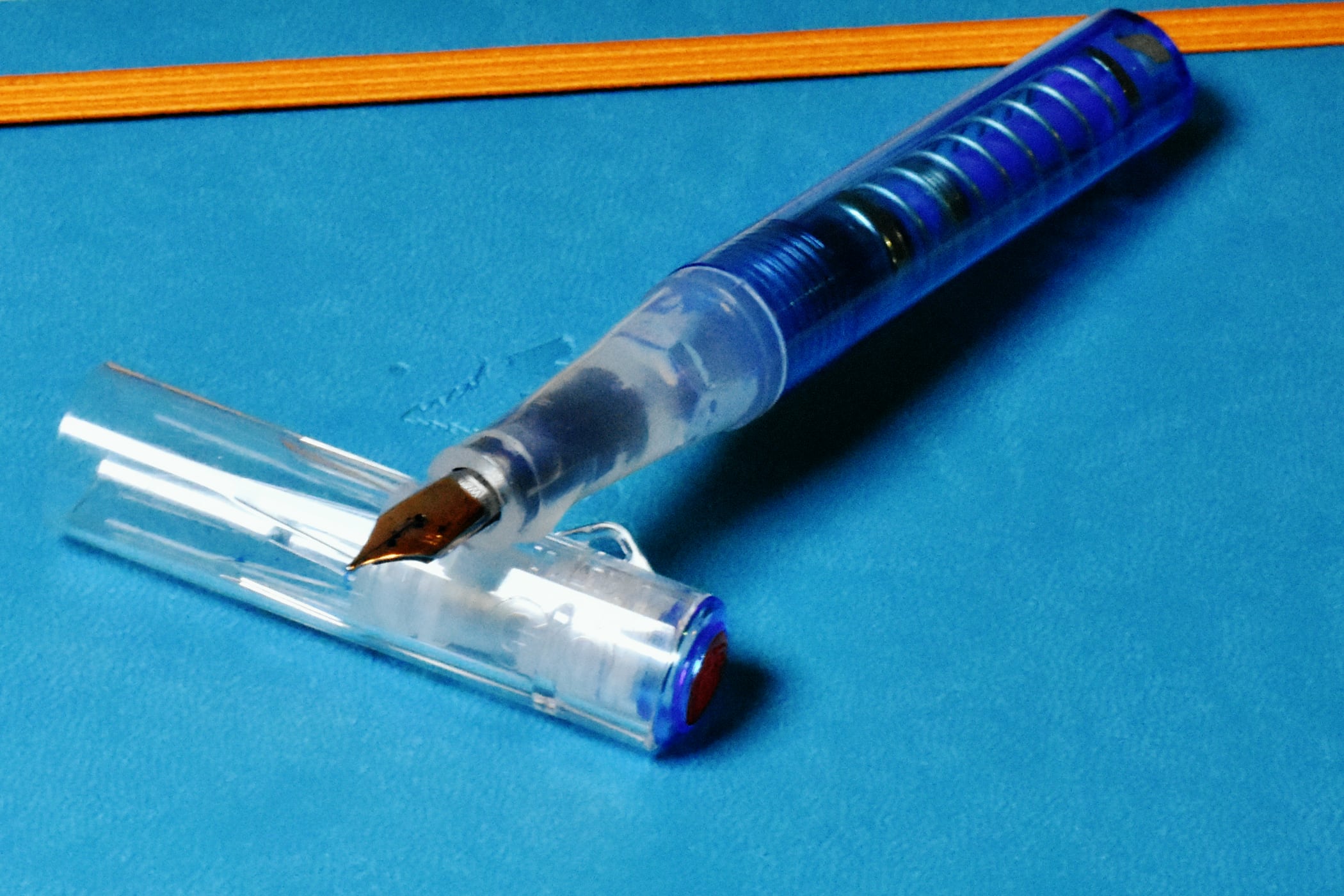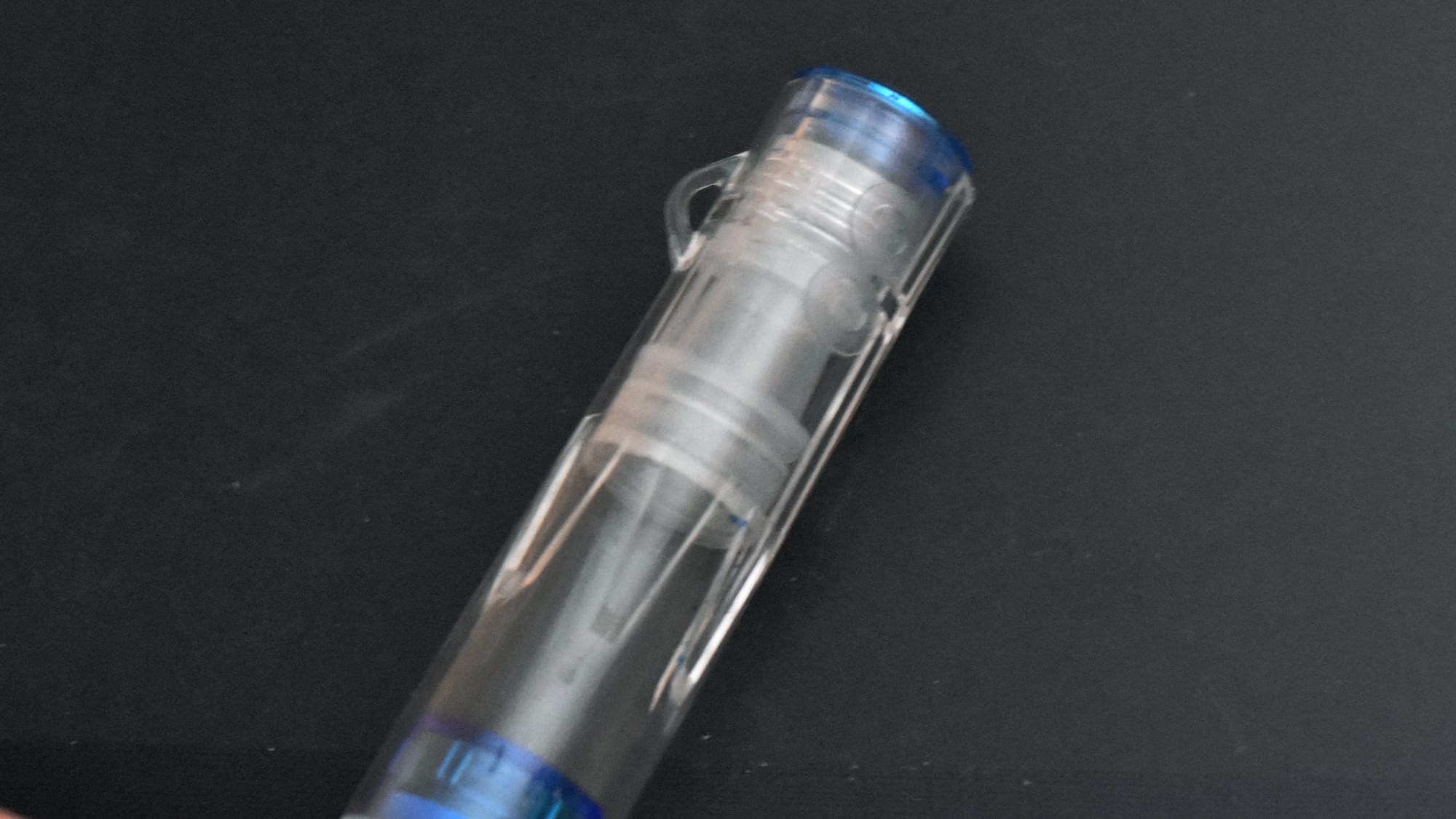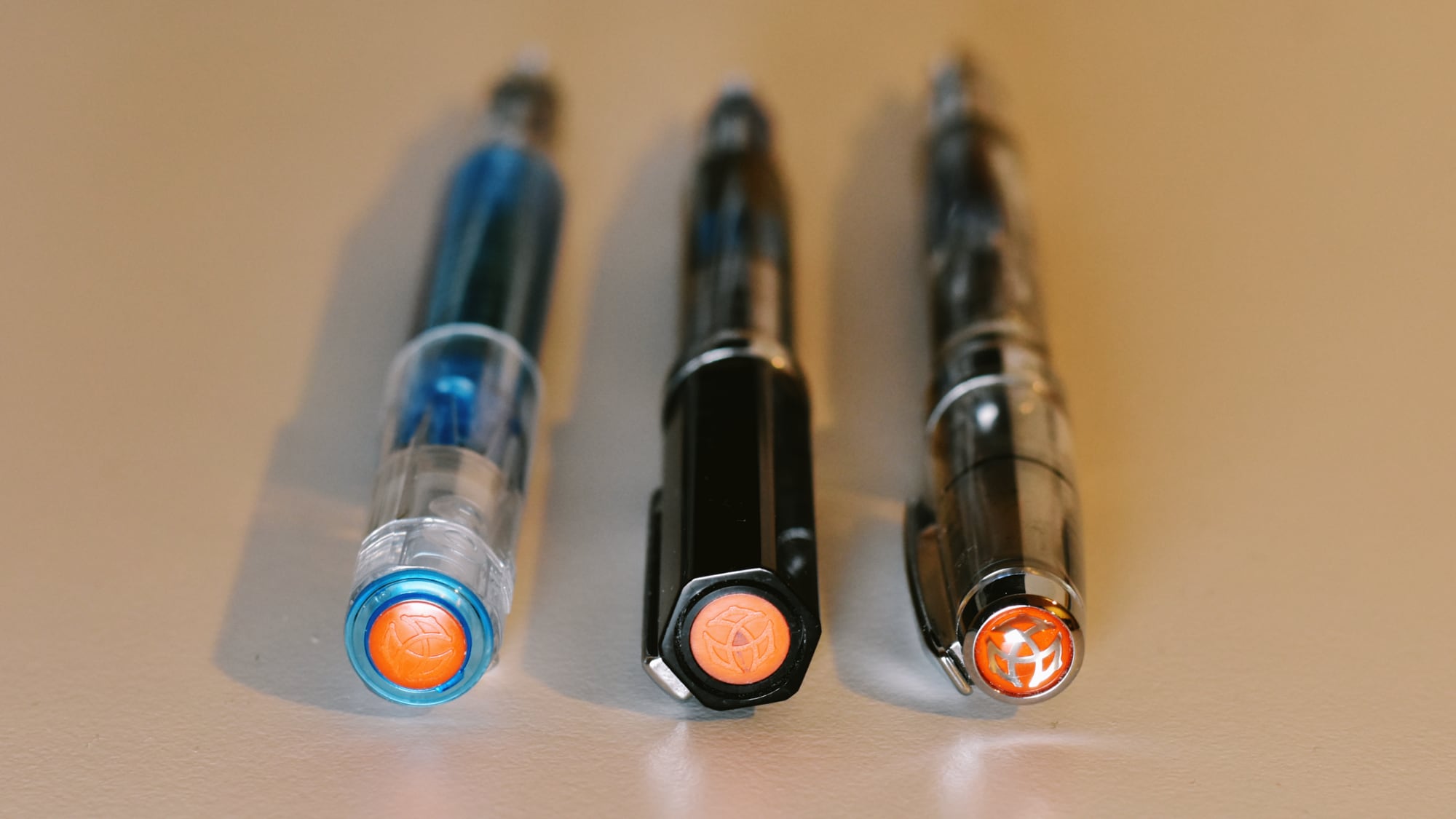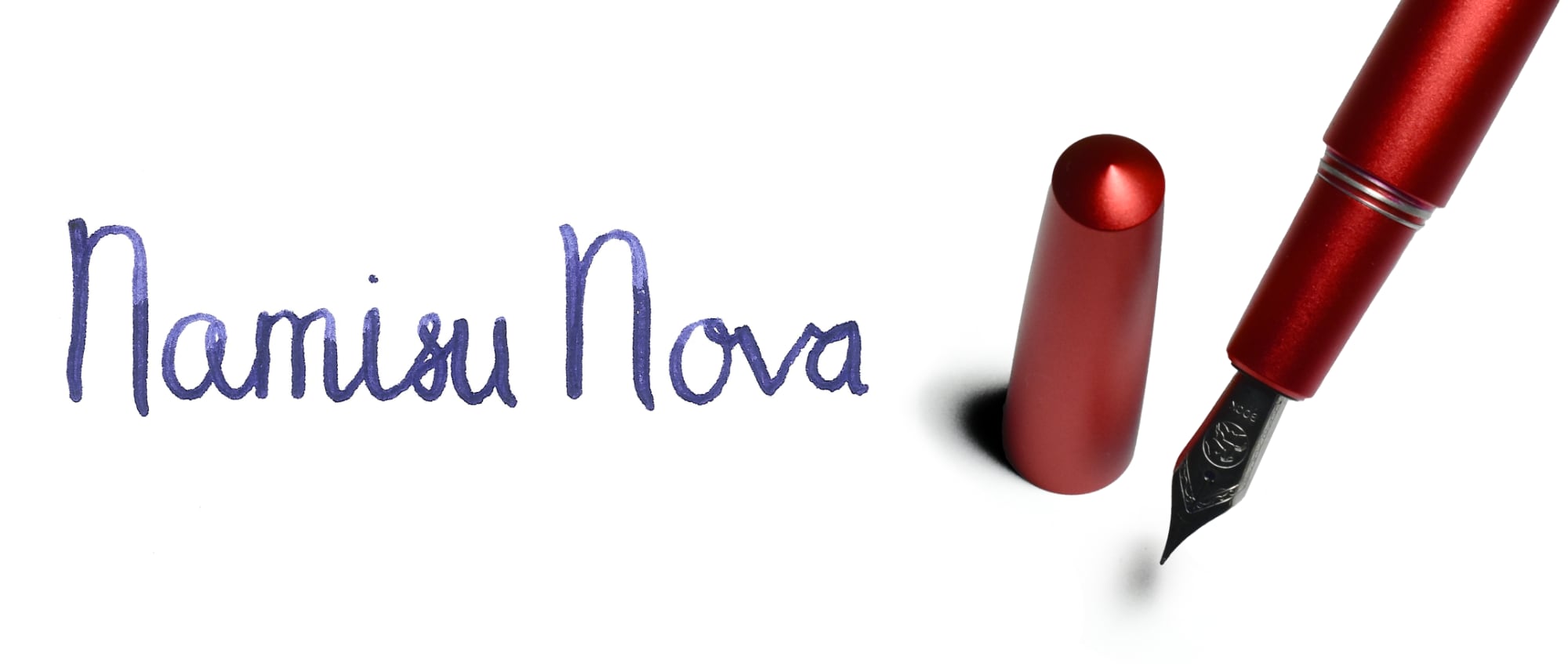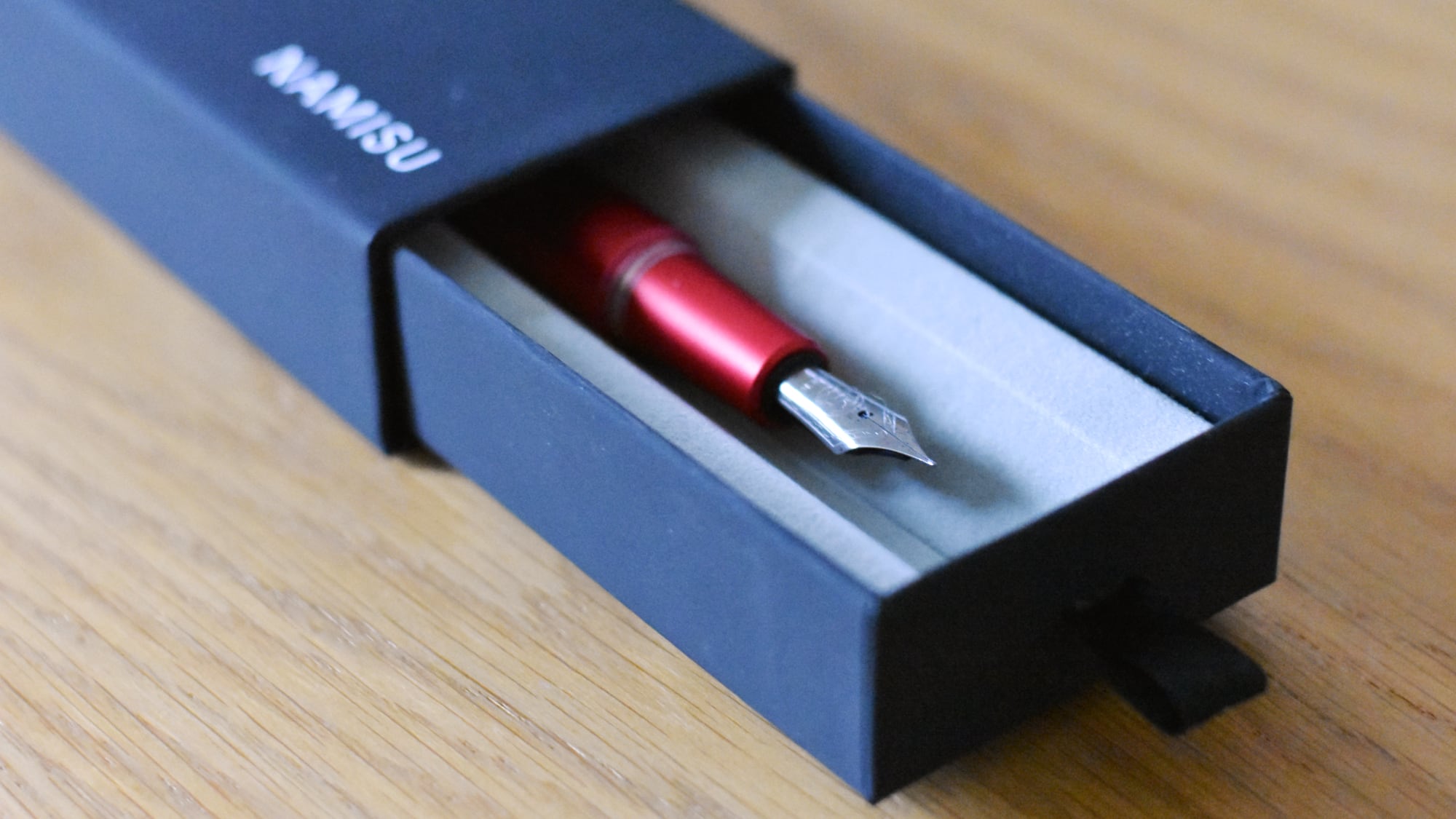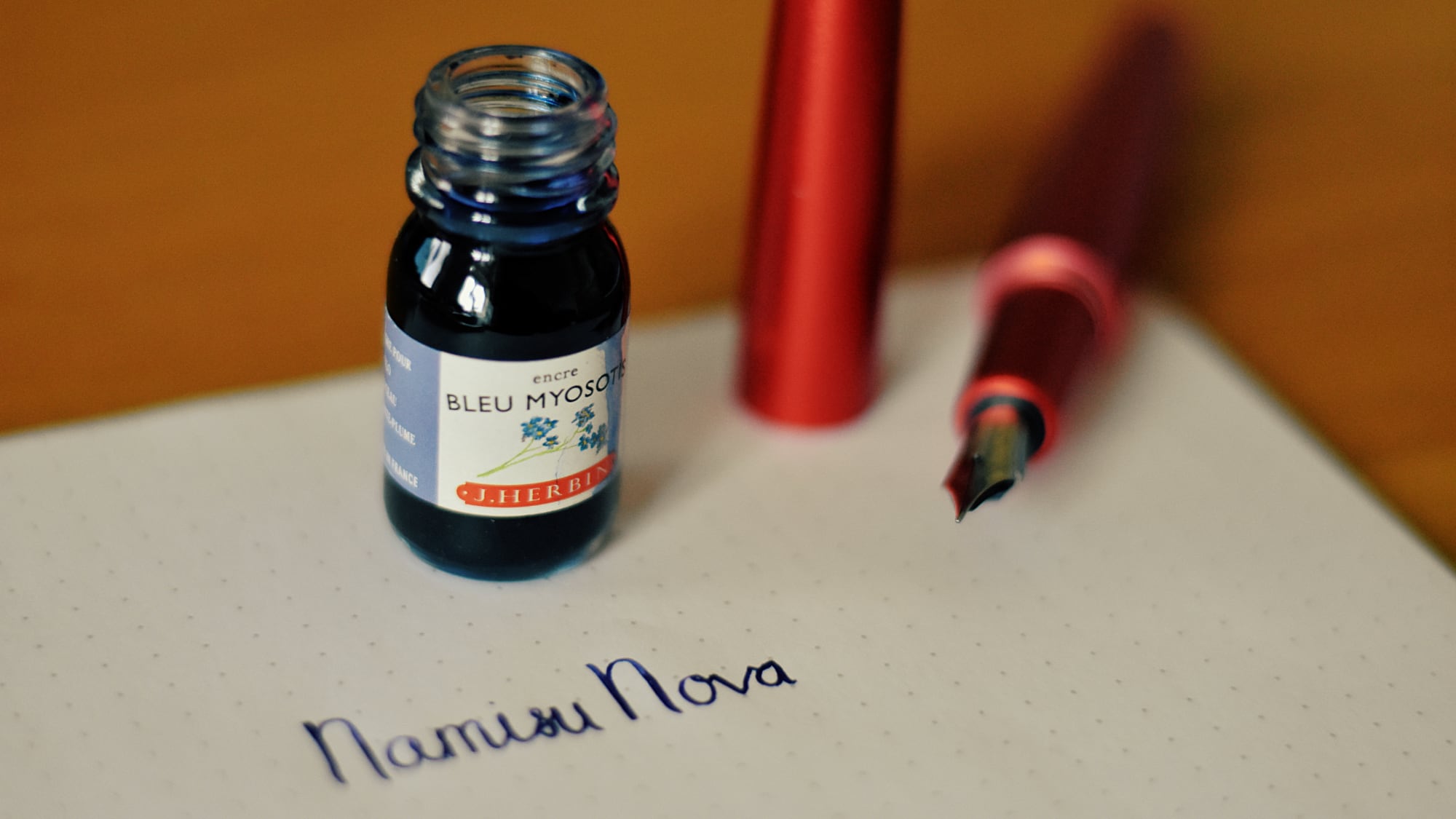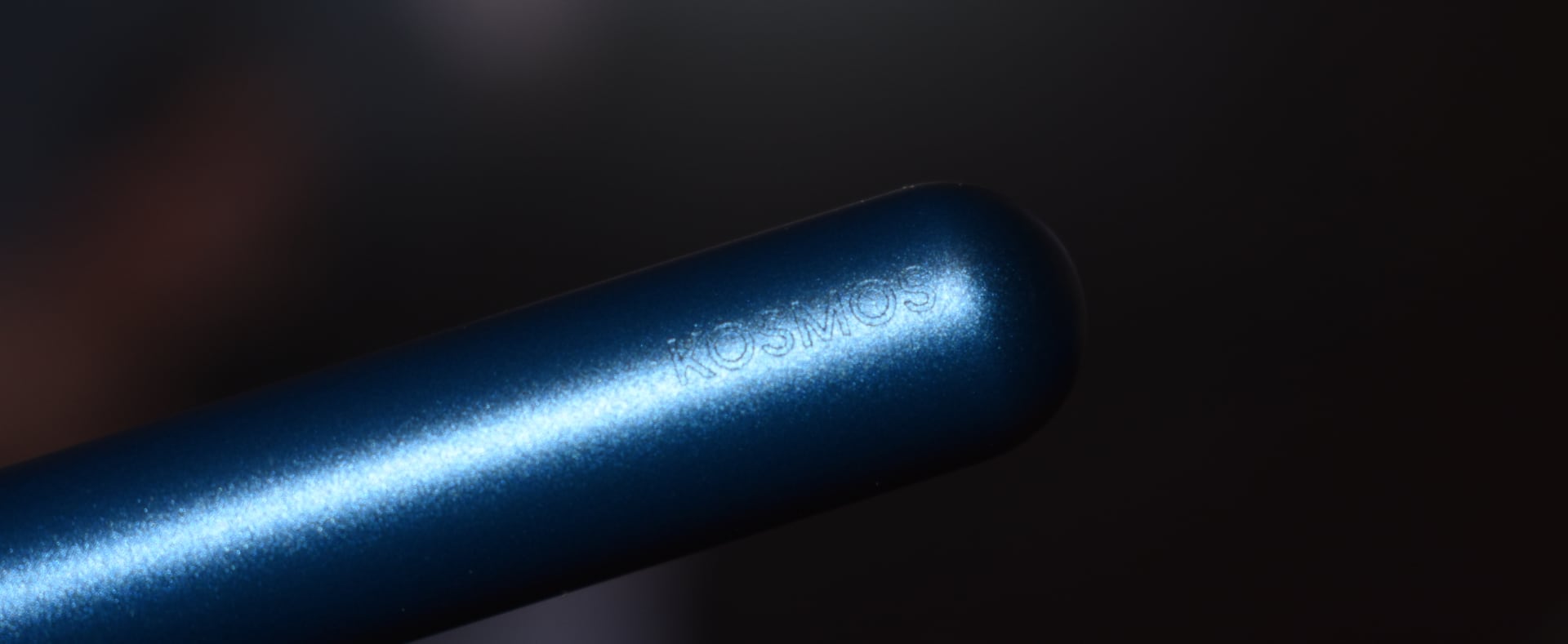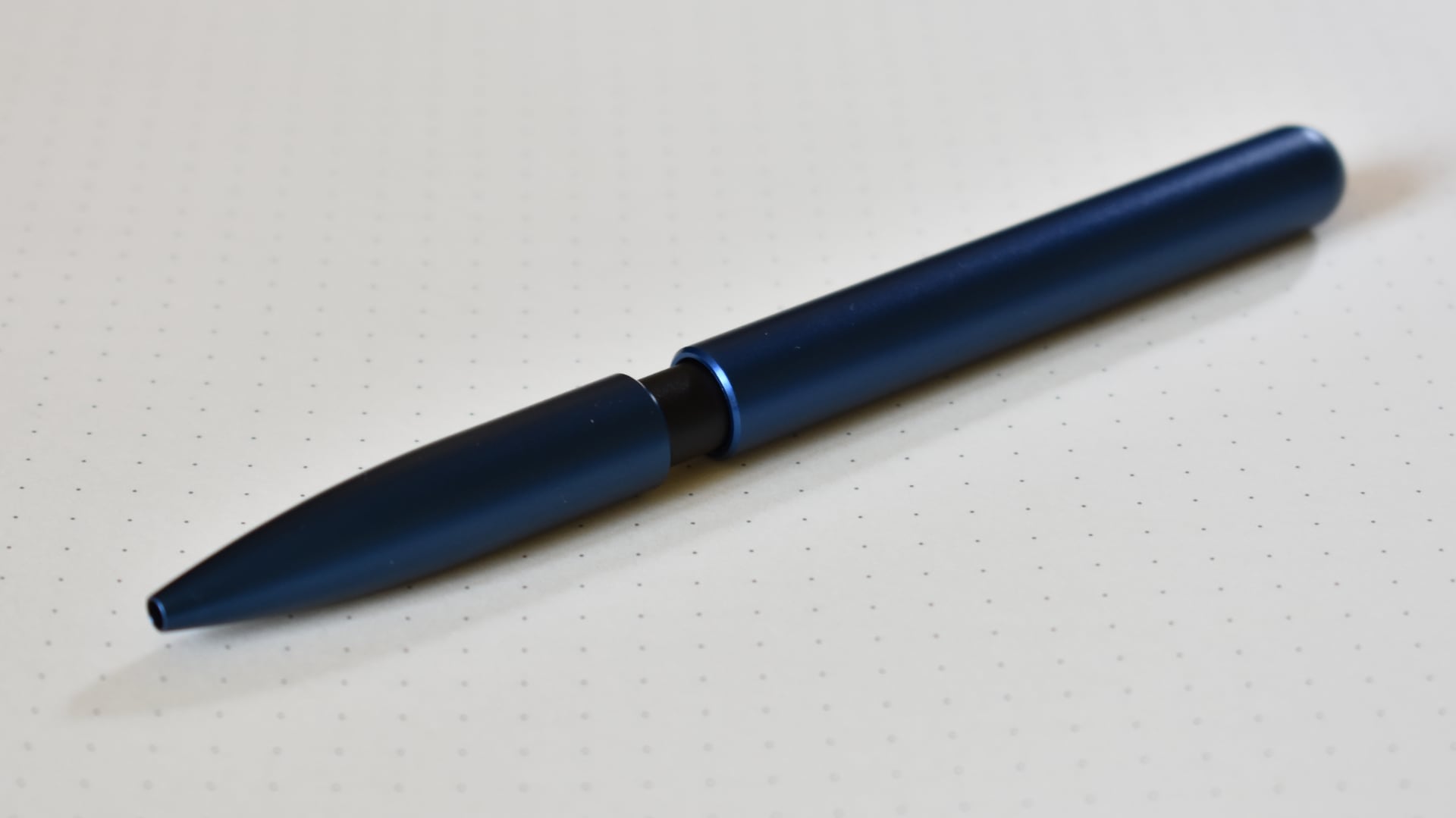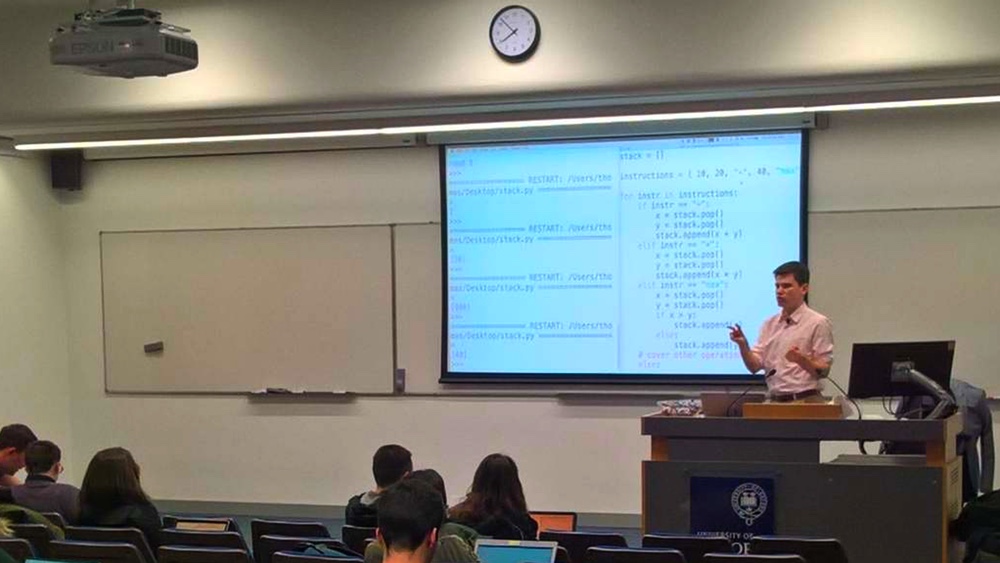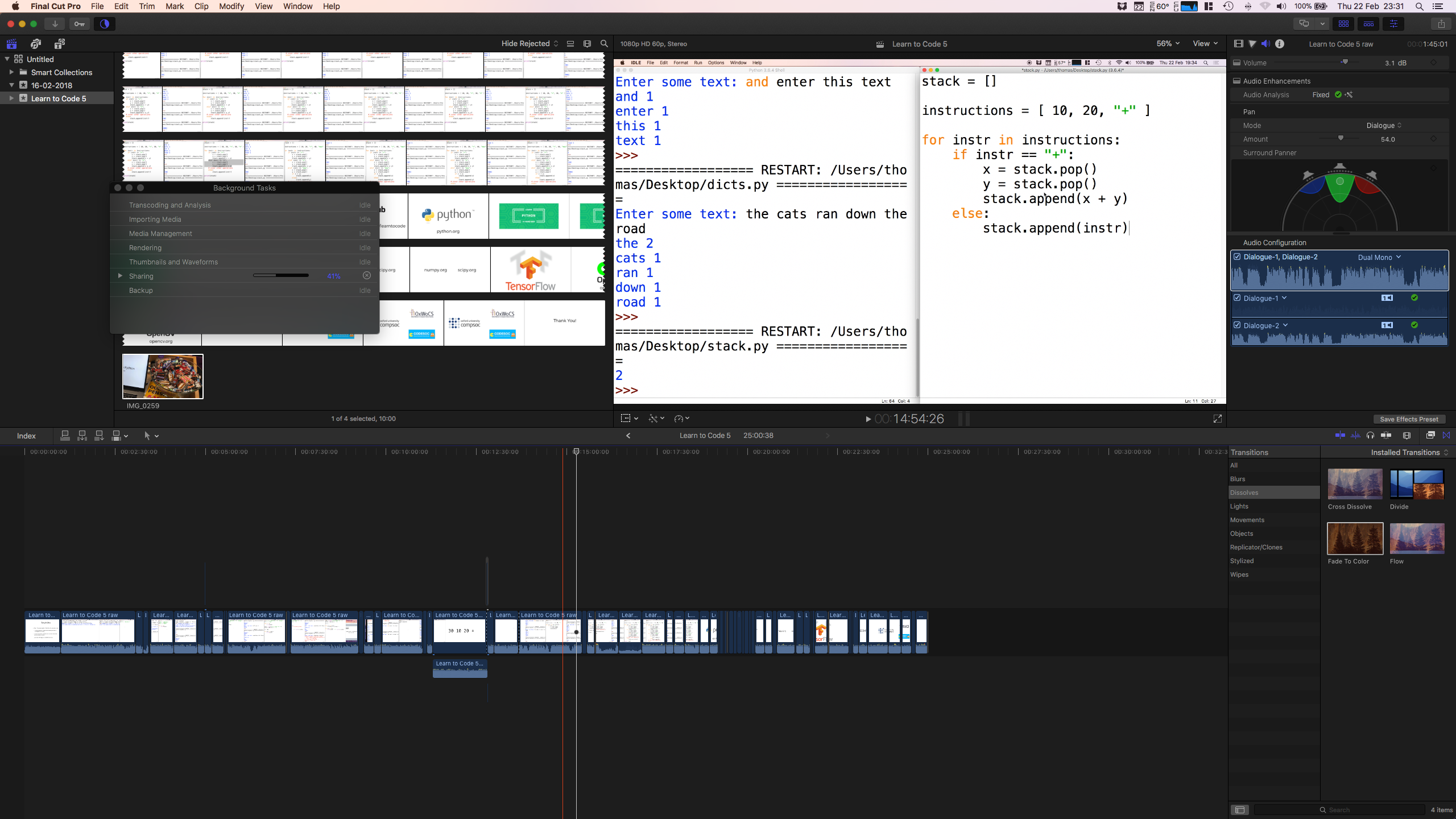Pilot E95s
March 18, 2019
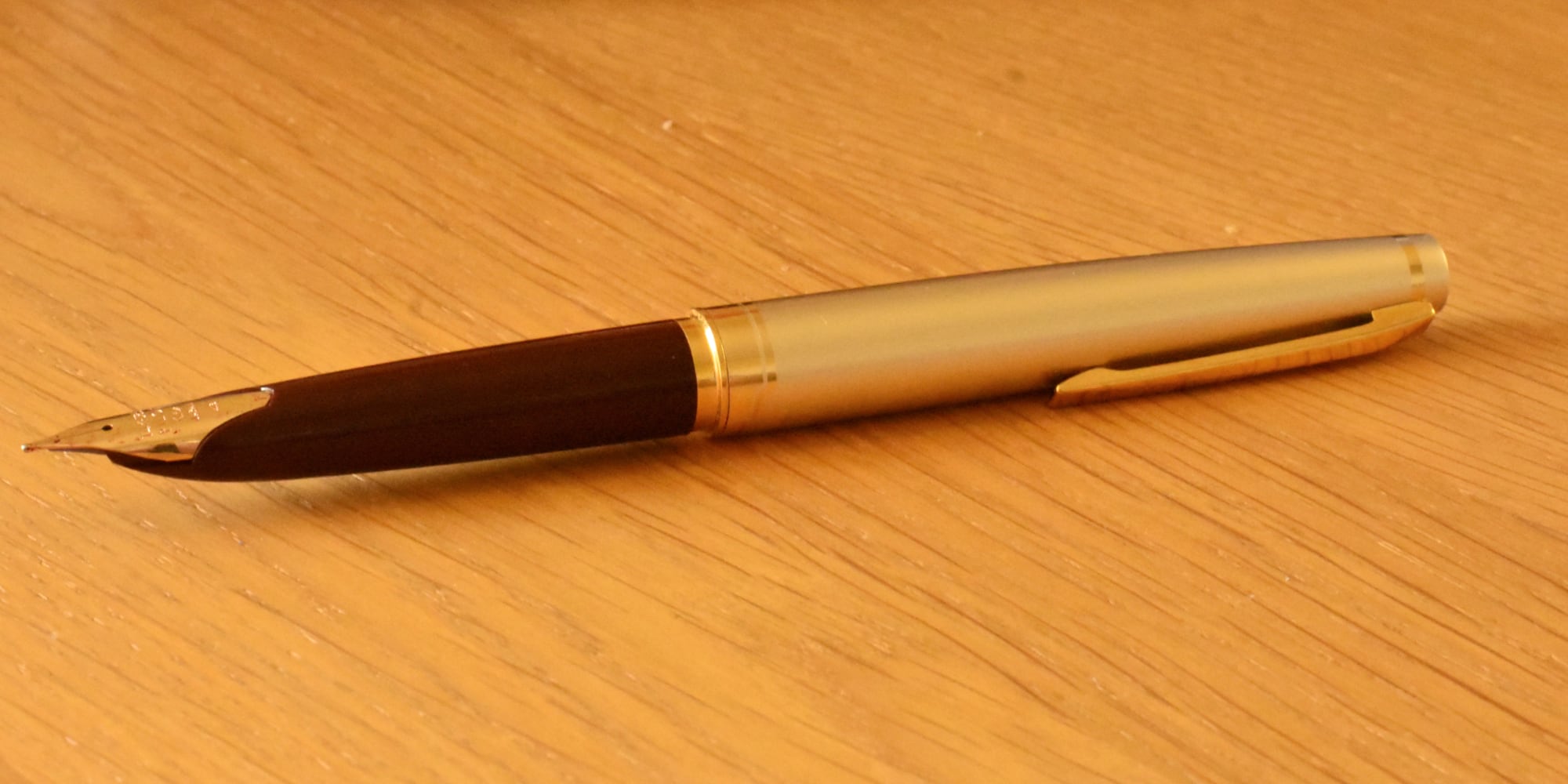
The Pilot E95s is a pocket fountain pen released by Pilot to celebrate their 95th anniversary. The pen sports a classic mid-century design based on the Pilot Elite, and it makes for a great combination of vintage design with modern manufacturing. I own the ivory and burgundy pen, but it is also comes in black (as all great products should). Both colour schemes feature a large 14K carat gold nib, which has been superb to write with.
Japanese nibs tend to come up narrower than American or European nibs and the Pilot E95s is no exception. I have the medium nib, but it comes up no thicker than fine Lamy nibs, as shown below.
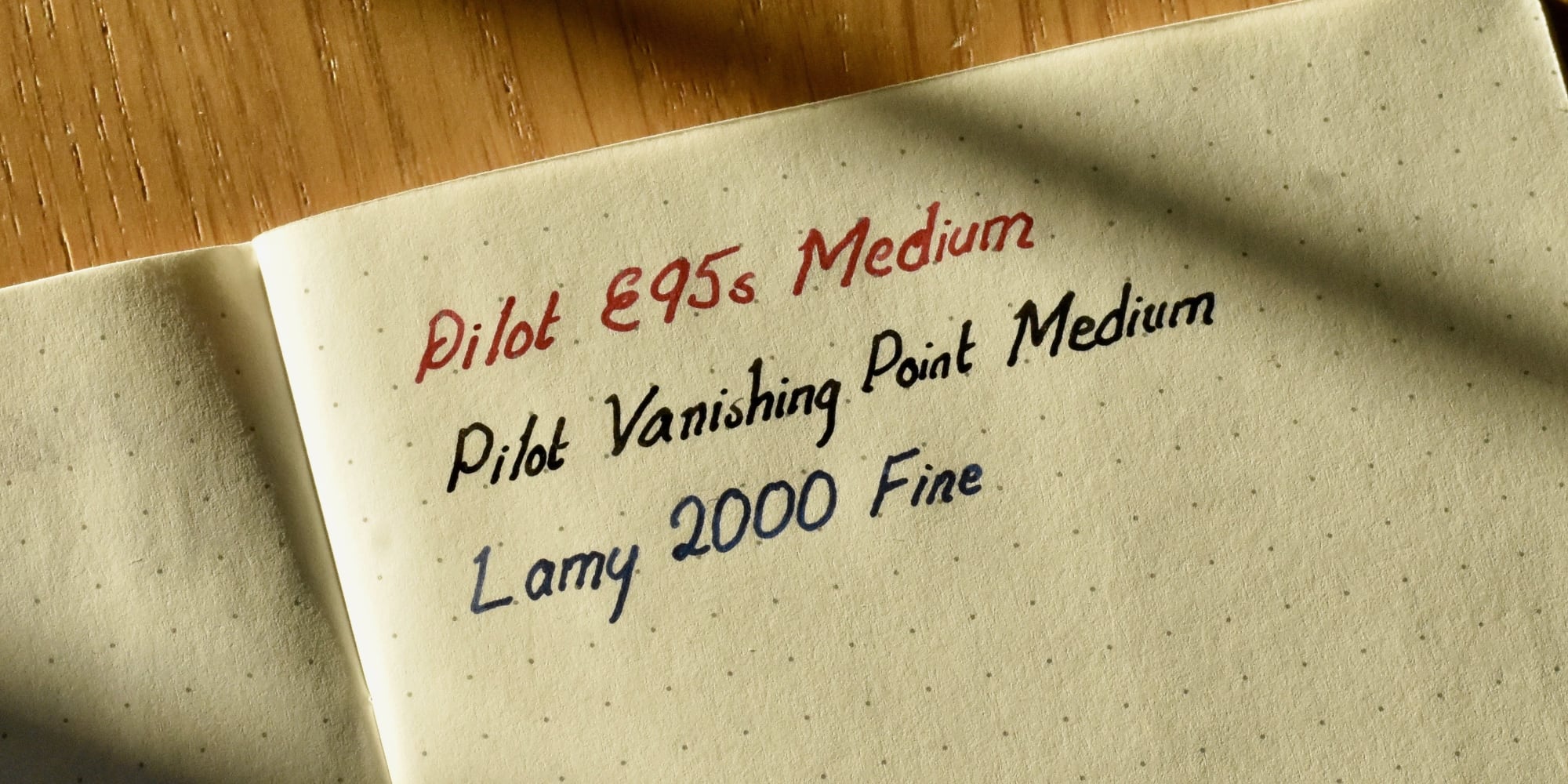
The pen is compatible with Pilot's CON-20 and CON-40 converters. I'm not certain that there is enough space to use a cartridge. To the pen's detriment the converter is almost entirely covered by the screw thread for the body, making it impossible to see how much ink remains in the converter. The converter itself contains a ball that will rattle when the converter is empty, which can be irritating whilst writing.
The E95s is indisputably a premium fountain pen, and it's an affordable introduction to gold nibs. However, I found that it didn't feel like a premium fountain pen: it feels too lightweight. This is entirely down to resin construction, which makes it a lot lighter than other pens in its price category. At 17g, its weight is comparable to the larger TWSBI Go or Lamy Safari, although each of these are larger. I'm currently using a Lamy 2000 as my primary pen (25g) alongside a Pilot Vanishing Point (30g), so I've found that I notice the E95s's weight every time I write with it. Regardless of its weight, I could replace either of my daily drivers with the E95s if need be: its nib is incredibly smooth and it writes well on a variety of surfaces.
Whilst I researched this review I attempted to find out a little about the history of the pen, but instead I found a myriad of inconsistencies! Firstly, the name of the pen is different in the United States and Japan. In the US it is marketed as E95s (although the case of the “s” varies between suppliers and Pilot's websites), whilst it is called the Elite 95s in Japan. The name also affects the design, with the Japanese version inscribed with “Elite” rather than “E”, as in the American version. I think the “Elite” inscription looks better.
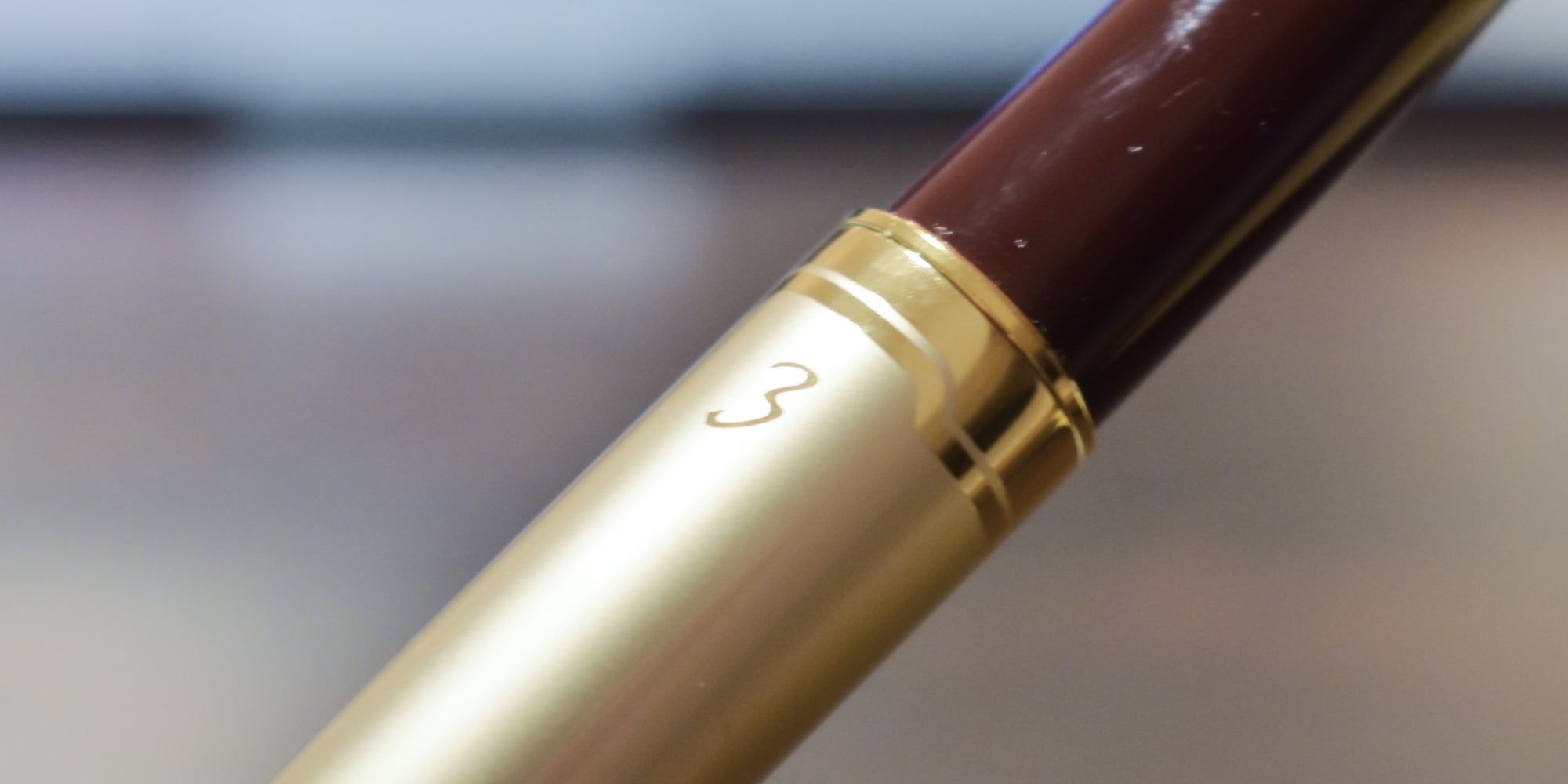
Most distributors describe that the E95s is based on the Pilot Elite, which was originally released in either 1962 or 1968. However, neither date is correct! Whilst it is certainly true that the Pilot Elite was sold in the 1960s, and embodies the design of that decade, Pilot Japan's website (Google Translate) states that the first Elite was released in 1954, and that the E95s is actually based on a later second edition released in 1974. This corroborates with the appearance of Elites that I've found on eBay, and this excellent post on the fountain pens subreddit compared the E95s with an older Elite. Noticeably, the nib of the E95s is much larger.
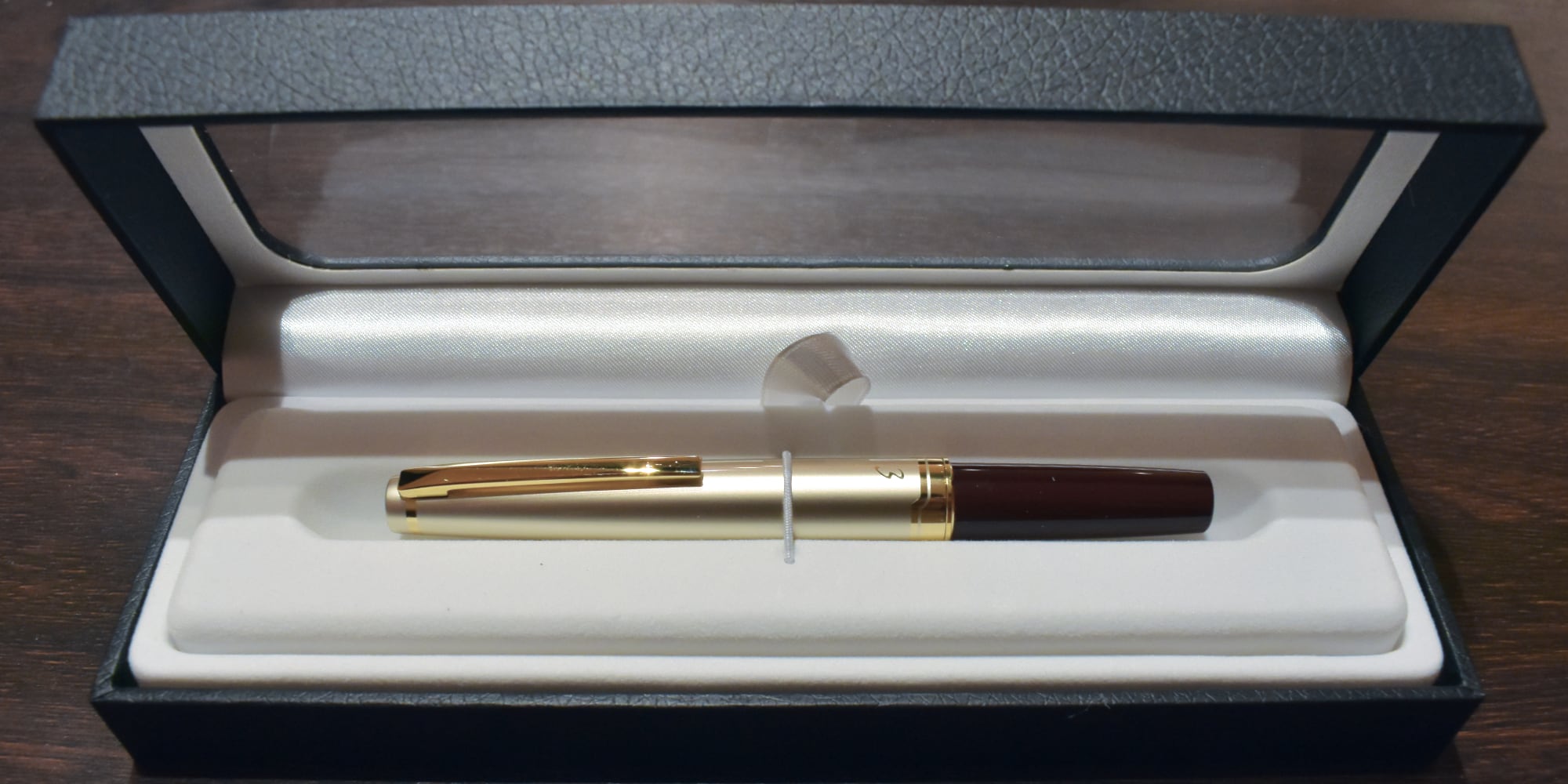
As well as its history, pricing and availability of the pen is sadly also inconsistent. In Japan, the pen retails for ¥10,000 (around $90 at the time of writing), but in the United States its retails at $170, although The Goulet Pen Company sells it at $136. I definitely prefer both the Lamy 2000 and Pilot Vanishing Point, which are priced similarly, which typically sport rhodium-plated and black-ionized gold nibs.
Older Pilot Elites, in varying conditions, are also available on eBay for prices that dip below $30, so this is a more affordable option. However, as a great modern introduction to gold nibs, the E95s serves nicely.







